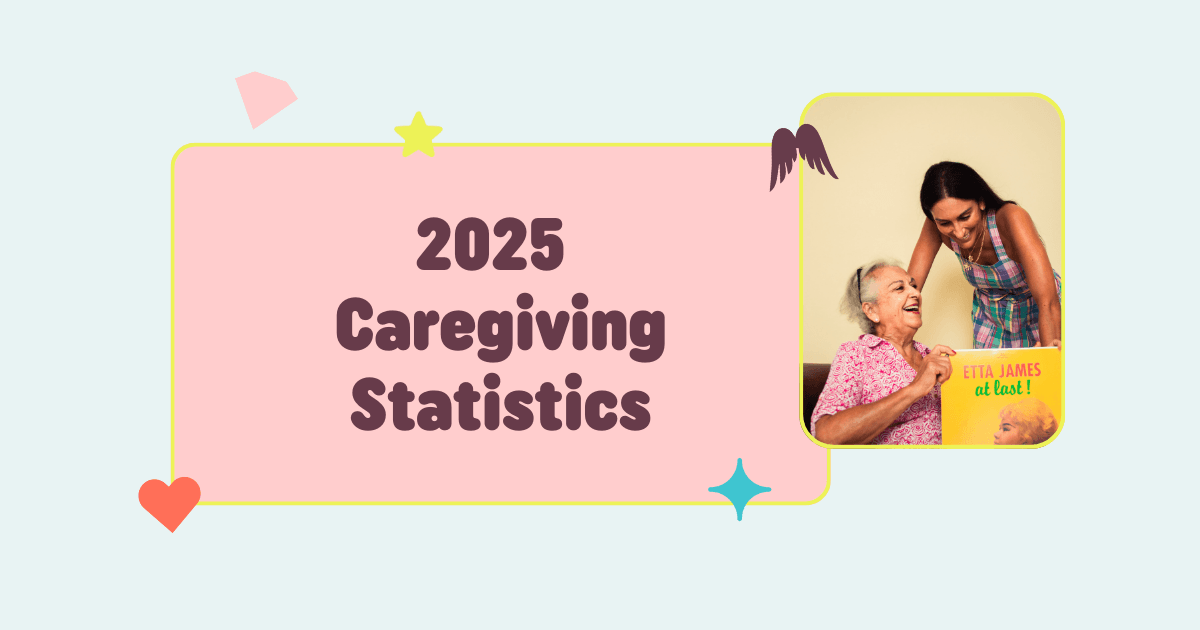Caregiving in the U.S. 2025: The New Realities for America’s Caregivers
The just-released Caregiving in the U.S. 2025 report from AARP and the National Alliance for Caregiving paints a vivid picture of the changing face of caregiving in America. The numbers are bigger, the responsibilities heavier, and the stakes higher than ever.

HeroGeneration
Published on August 14, 2025

The just-released Caregiving in the U.S. 2025 report from AARP and the National Alliance for Caregiving paints a vivid picture of the changing face of caregiving in America. The numbers are bigger, the responsibilities heavier, and the stakes higher than ever.
📈 Caregiving on the Rise
In 2025, 63 million American adults—nearly 1 in 4—provided ongoing care to someone with a medical condition or disability. That’s a 45% increase since 2015, driven by an aging population, lack of affordable long-term care, and more people choosing to age at home.
👩👩👧👦 Who Are Today’s Caregivers?
Average age: 51 years
61% are women
Ethnic makeup: 61% White, 16% Latino/Hispanic, 13% Black/African American, 6% Asian American/Native Hawaiian/Pacific Islander
20% live in rural areas
24% care for more than one person
Nearly one-third are sandwich generation caregivers—supporting both adults and children under 18.
🩺 The Care They Provide
Caregiving is getting longer and more intense:
Average duration: 5.5 years
Average hours per week: 27
24% provide 40+ hours weekly
66% assist with daily living tasks (bathing, dressing, mobility)
84% help with three or more instrumental daily tasks (meals, finances, transportation)
Over half handle complex medical/nursing tasks, yet only 22% receive training
💼 Working While Caring
70% of working-age caregivers are employed
Half experience work disruptions (late arrivals, early departures, missed days)
Salaried workers have more access to caregiver-friendly benefits like telework and paid leave, but many are hesitant to disclose caregiving responsibilities at work.
💰 Financial Strain
47% report at least one negative financial impact from caregiving
31% have stopped saving
24% have depleted short-term savings
23% have taken on more debt African American, Latino, younger, LGBTQ+, and lower-income caregivers are hit hardest.
❤️ Health & Well-being
20% rate their health as fair or poor
64% report high emotional stress
45% feel physical strain
24% feel alone—up from 21% in 2020
Yet 51% say caregiving gives them a sense of purpose
🏛 Policy Priorities from Caregivers
Top supports caregivers say would help:
Income tax credit (69%)
Direct payment programs (68%)
Partially paid leave (55%) They also want respite care, emotional support, better training from health professionals, and help navigating safety and paperwork challenges.
Bottom line: Caregiving is no longer a quiet, private role—it’s a massive, unpaid (and sometimes paid) workforce holding up the nation’s health and long-term care system. The report calls for urgent policy changes and broader recognition to sustain this essential labor force.

